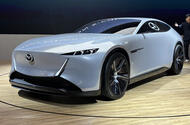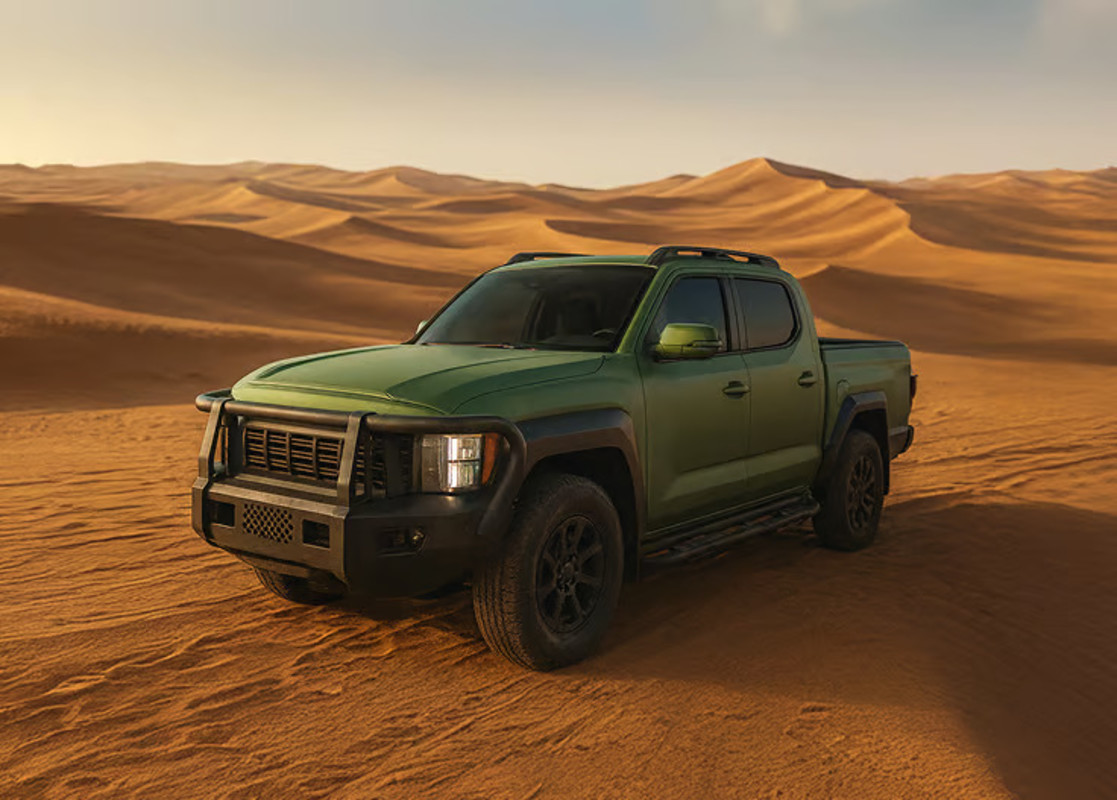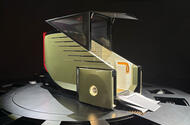Morgan Cars: A Relic of the Past in a World of Modernity, Clinging to Tradition Like a Fundamentalist to Dogma, Defying Progress and Innovation in an Era That Demands Change
Morgan cars have long been a symbol of British motoring heritage, but their steadfast adherence to traditional design has sparked a contentious debate about the brand’s relevance in the modern automotive landscape. While many enthusiasts cherish the nostalgic charm of Morgans, others argue that the company has become a relic, out of touch with contemporary automotive trends. This dichotomy raises questions about the nature of progress, the value of tradition, and the role of nostalgia in consumer choices.
The origins of Morgan Motor Company date back to 1909 when Henry Morgan, a former railway engineer, sought to create an affordable vehicle for the masses. His innovative design featured a three-wheeled car that combined elements of motorcycle engineering with automotive principles. The initial response was overwhelmingly positive, as the Runabout model captured the imagination of a public eager for mobility after the Great War. However, as the automotive industry evolved, so too did consumer expectations, leading to a pivotal moment in Morgan’s history.
By the late 1940s and early 1950s, the automotive landscape was undergoing a significant transformation. Manufacturers like Triumph and Austin-Healey were introducing sleek, modern designs that appealed to a new generation of drivers. In contrast, Morgan’s offerings, such as the 4/4 and the +4, began to appear outdated. Despite their performance and craftsmanship, these models retained a design ethos that harkened back to an earlier era, characterized by swooping wings and circular headlights. This aesthetic, while charming to some, was increasingly at odds with the streamlined, aerodynamic shapes that were becoming the norm.
Peter Morgan, Henry’s son, recognized the need for change but faced resistance from his father, who believed in the enduring appeal of traditional design. This internal conflict highlighted a broader tension within the company: the struggle between innovation and nostalgia. After Henry’s death in 1959, the brand’s marketing shifted to emphasize its artisanal craftsmanship, positioning the +4 as one of the few remaining hand-built cars in Britain. This strategy capitalized on the growing appreciation for bespoke manufacturing but did little to modernize the vehicle’s design.
The introduction of the glassfibre-bodied +4+ coupé in 1963 marked a significant departure from Morgan’s traditional aesthetic. However, the model’s limited production run and subsequent absence from major auto shows underscored the company’s reluctance to fully embrace modernity. Despite Peter Morgan’s aspirations for a more contemporary design, the overwhelming demand for vintage-style Morgans kept the company tethered to its roots. This paradox raises questions about the sustainability of a business model that relies on nostalgia rather than innovation.
As the decades progressed, Morgan continued to produce vehicles that appealed to a niche market of enthusiasts who valued the brand’s heritage over cutting-edge technology. The company’s commitment to hand-built craftsmanship and traditional materials, such as wood and leather, became its unique selling proposition. However, this dedication to the past has also led to criticisms that Morgan is out of step with the realities of the modern automotive market, where efficiency, safety, and technological advancements are paramount.
In recent years, the automotive industry has witnessed a seismic shift towards electrification and sustainability. As manufacturers race to develop electric vehicles and integrate advanced technologies, Morgan’s reliance on traditional internal combustion engines has drawn scrutiny. The brand’s reluctance to adapt to these changes raises concerns about its long-term viability. While some consumers may be drawn to the romanticism of a vintage-style car, the practicalities of modern driving—such as emissions regulations and fuel efficiency—cannot be ignored.
The debate surrounding Morgan’s place in the automotive world reflects broader societal tensions between tradition and progress. In an era where rapid technological advancements are reshaping industries, the question arises: can a brand that clings to its historical identity thrive in a future that demands innovation? The answer may lie in Morgan’s ability to balance its rich heritage with the need for modernization.
As the automotive landscape continues to evolve, Morgan faces a critical juncture. The brand must navigate the delicate balance between preserving its storied past and embracing the future. The challenge lies not only in updating its designs but also in reimagining its identity in a world that increasingly values sustainability and technological integration. Whether Morgan can successfully adapt to these changing dynamics remains to be seen, but the stakes are high for a company that has long been synonymous with British motoring tradition.
The future of Morgan will depend on its ability to attract a new generation of drivers who may be less enamored with nostalgia and more focused on practicality and innovation. As the automotive industry moves forward, the question of whether Morgan can remain relevant in a rapidly changing world will continue to fuel debate among enthusiasts and critics alike. The brand’s legacy is rich, but its future hinges on the choices it makes in the face of an ever-evolving landscape.
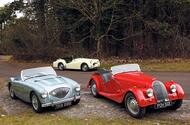
Rivals were already making Morgans look dated by the early 1950s
Some are baffled by the prospect of buying a new car that looks like an old one, but that’s Morgan’s USP
For as long as anyone can recall, Morgan cars have been clearly and proudly old-fashioned, in terms of style, ethos and production, even if the engines have been modern.
And while many have always been baffled by the prospect of buying a new car that looks like a very old one, many others adore Morgan. But when exactly did the British brand get stuck in time – and why?
Let’s go back to the start. In the earliest days of motoring in Britain, only the upper crust could partake; those below could afford only a motorcycle, attaching a sidecar if they needed to carry passengers.
So when former railway engineer Henry Morgan decided to put his own car into production, with a simple design featuring only one rear wheel and a two-cylinder engine from a motorcycle, he was deluged by a torrent of pent-up demand for an affordable car.
Jump forward to late 1918 and Autocar readers were clamouring for a ‘£100 car’ (that’s about £5000 now) to get the masses motoring after the Great War – and our answer was Morgan’s Runabout, despite the fact the Malvern creation had never really been updated.
“Anyone accustomed to cars of a conventional character must pause to admire the genius of the man who evolved a machine so efficient, so obviously simple and so cheap,” we said, having prior noted that it was “far more suitable for high-speed sporting work” than AC’s rival.
However, as ‘proper’ cars became more and more affordable through the ’20s and ’30s, Henry recognised that he needed something new. The result: a four-wheel, four-cylinder sports car, logically named the 4/4.
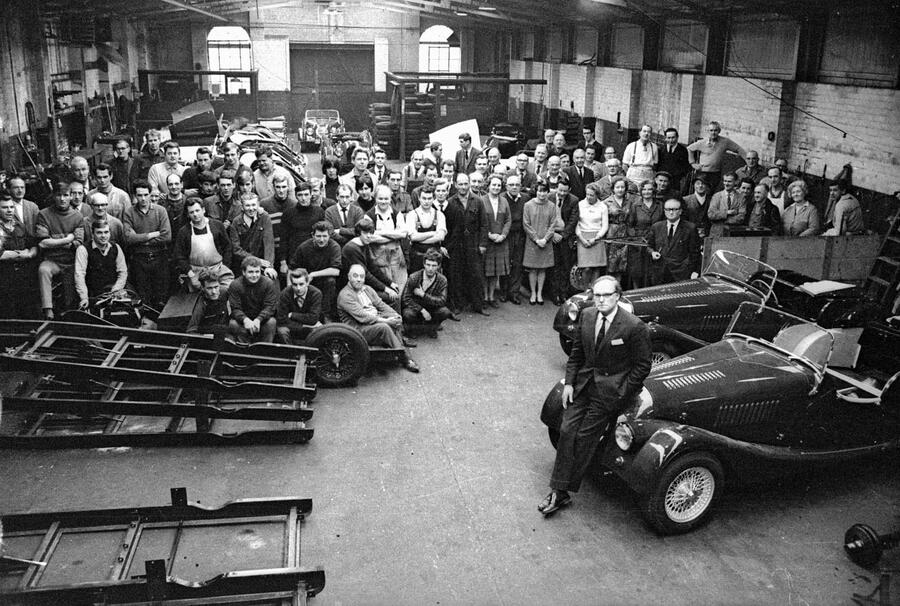
“There are several interesting features in the design,” we said (not least independent front suspension), “but without doubt the first point to take the eye is the distinctive appearance. It is unusually low in build and looks long and graceful.”
That may have been so, but it still followed the same formula as the 1936 efforts of AC, Aston Martin, BMW, Lagonda, MG, Riley and the rest: swooping wings, shield-shaped grille, separate, circular headlights. Indeed, it wouldn’t be until the late 1940s that car design began to diversify through ‘envelope’ styling.
Enjoy full access to the complete Autocar archive at the magazineshop.com
Like any car firm, Morgan simply dusted off its old designs come 1946. No bad thing: the 4/4 had barely got going before World War Two had stopped play and had “made a most favourable impression” on us “by the sure and accurate way in which it can be put round a bend” and its “lively, willing performance”.
But even when the slightly larger and punchier Morgan +4 was added in 1950, it didn’t look fundamentally different.
And within just a few years, it was starting to look dated; look above to compare with the Triumph TR2 (from 1952) and Austin-Healey 100 (1953), then consider the smooth lines of the AC Ace (1953), Jaguar XK140 (1954) and MG A (1955).
By this time, Peter Morgan was a key figure at Malvern. He fancied trying “a more modern, all-enveloping style”, but his father was reluctant, “feeling that it was probably better to wait until such bodywork had stood the test of time”.
Henry died in 1959, and instantly Morgan’s advertising tone changed, to sell the +4 as “one of Britain’s few hand-built cars, made in the finest traditions of British craftsmanship”. And four years later, Morgan’s aesthetic finally re-entered the present with the introduction of the sleek, glassfibre-bodied +4+ coupé.
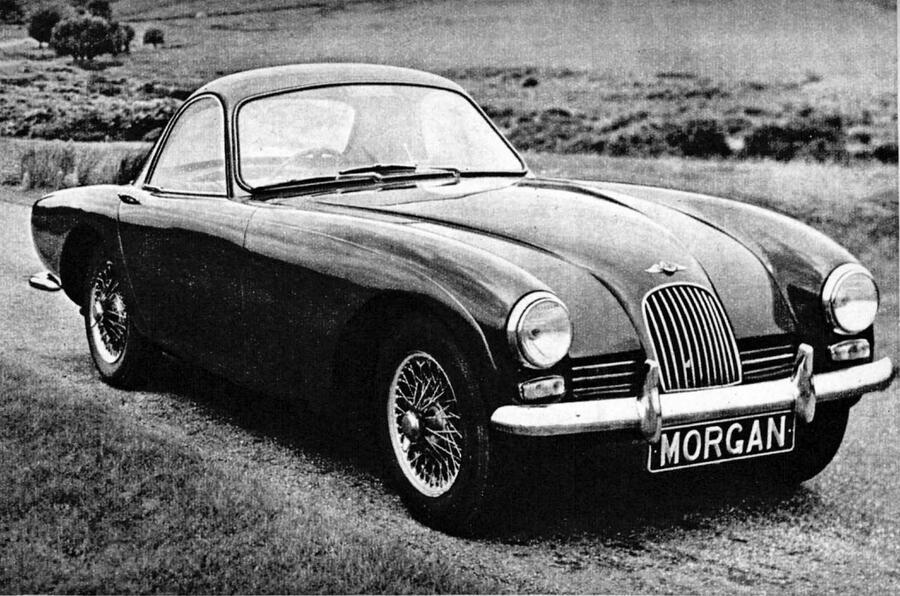
Yet it was notably absent from the 1966 Earl’s Court motor show, apparently because “so strong is the demand for vintage-type Morgans that the tiny Malvern works have had to suspend indefinitely production”. Hmm. Today it’s commonly held that only 26 were ever produced. Peter drove a +4+ himself and told us in 1968: “People call it a flop, but it wasn’t really.”
He also said he was considering making a mid-engined V8 Morgan! Although tweed-suited, he was no stick-in-the-mud. But he never risked updating or expanding Malvern, so customer demand for old-fashioned fun always outstripped the supply.
And so we concluded upon our 1968 visit: “So long as the public prefer the traditional-style Morgan, what point is there in trying to ape a style of car which, in purposely buying a Morgan, such people go out of their way to avoid?”
True now as then. How funny that Morgan’s USP was kind of accidental.

